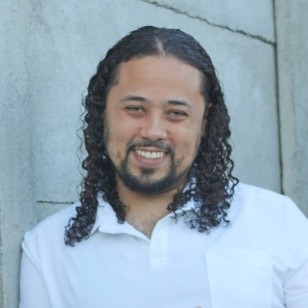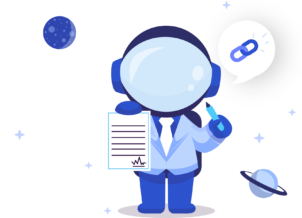Getting backlinks from big names like Forbes or HubSpot takes a lot of work.
We’re talking about a lot of time and effort.
The alternative?
Tiered link-building.
Does tiered link building still work in 2025?
Let’s break down how it impacts rankings and where it helps or hurts.
What Is Tiered Link-Building?
Tiered link building is a gray hat strategy where you build a pyramid of backlinks to boost your site's authority and rankings.
Instead of linking to your site, you build links to the links that point to it.
Here’s how it works:
1) Tier 1 backlinks: start with high-quality links from top sites like Search Engine Land.
Just like we did with our guest post on outsourcing link building.

Which links directly back to our site.
2) Tier 2 backlinks: then, build links to these Tier 1 links.
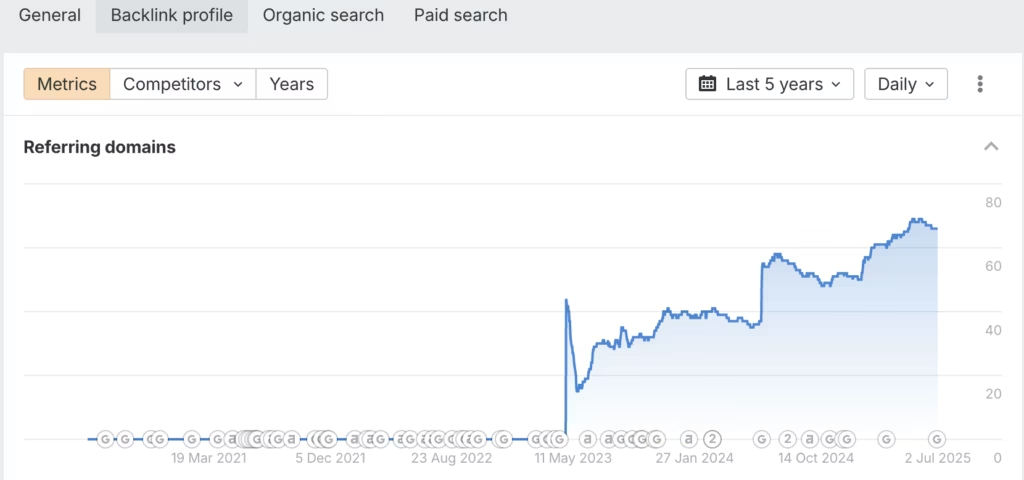
Here’s the result:
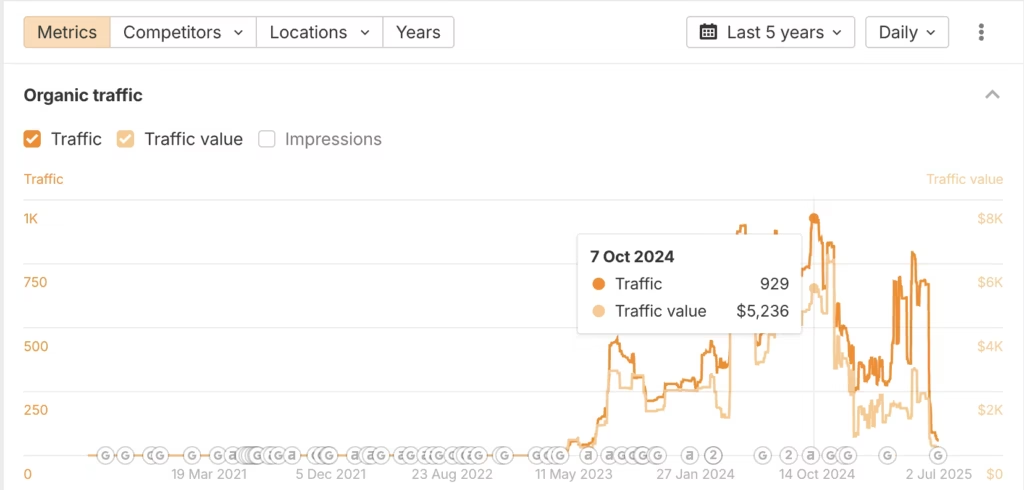
For a solid stretch, our post ranked at the top for queries like “outsource link building” and related terms.
3) Tier 3 backlsink: finally, add another layer of links pointing to your Tier 2 links.
These can come from social media, blog comments, or forums.
They’re mostly used to point at your Tier 2 links and give them a little extra boost.

The idea is to build momentum.
As your Tier 2 links gain strength, they pass it to Tier 1, which then benefits your main site.
As Steven J. Wilson, an SEO Specialist and Consultant, puts it:
The saying “the rising tide raises all ships” is a way to think of it. If you build tier 2 links to a site and it gets higher rankings and generates more organic links and real organic traffic, then some of those benefits will pass on to your page.
It’s a way to squeeze more value out of every backlink you build.
According to our recent link building survey of 518 SEO professionals, 91.9% believe their competitors are buying backlinks.

Tiered link building helps you get more out of every link by layering authority.
It takes work, but in competitive spaces, the results are worth it.
All Link Tiers
The idea behind tiered link building is simple.
Lower tiers have more links, but they’re lower quality.
Tier 1 links
Tier 1 links are your top-shelf quality backlinks. They come from well-known and authoritative sites in your industry, like HubSpot (DR93), Forbes (DR94), or G2 (DR90).
At Editorial.Link, our link building agency, we build these links every day for our clients.
High-quality links improve SEO and help your content perform better in both Google and AI-driven results.
When trusted sites link to you, it reinforces your authority.
To get these links, you can use off-page SEO strategies like link insertions, HARO link building, guest posts, or by creating linkable assets others want to reference.
For example, we published fresh link building stats for 2025 and earned free backlinks from Search Engine Land because they found our research valuable.

Tier 2 Links
Tier 2 links point to your Tier 1 backlinks, not your main site.
They help boost the authority of those Tier 1 links, making the impact on your site stronger.
One of our guest posts on Search Engine Land about top link building companies picked up 45 backlinks from 43 referring domains.

A strong guest post can earn links on its own, but Tier 2 links are often built manually to boost performance.
They’re cheaper and easier to get since they come from lower-authority sites with lighter editorial standards.
You can use guest posts, link insertion, link exchange, Medium-like sites, and other web 2.0 platforms to build them.
💡 Pro Tip: Seek opportunities to build Tier 2 links organically
When writing a guest post with a tier 1 link to your site, try to include tier 2 backlinks to other tier 1 posts you’ve written.
Or you can swap links with a partner, exchanging backlinks between your sites.
Aim for 20-30 tier 2 backlinks for each tier 1 link.
Tier 3 links
Tier 3 links come from profiles, forums (like Quora or Reddit), blog comments, social media posts, and directories.
They’re meant to support your Tier 2 links.
These third-tier links are usually nofollow, so they don’t pass link juice, but they still hold value.
Google uses link attributes as hints about whether to include a page in search results.
Tier 3 links help your Tier 2 links get noticed and indexed faster.
For these links to be effective, you need a lot of them.
Like thousands.
🚨 Although not recommended, many people use automated link-building services like GSA or RankerX. After a quick setup, these tools literally churn out backlinks around the clock.
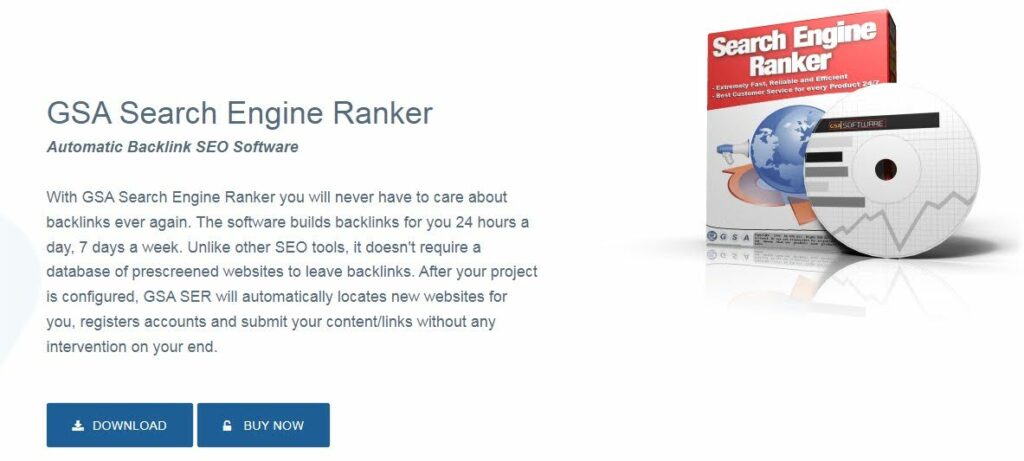
Tier 4 links
Some SEOs add a fourth tier using bookmarking sites, index submissions, or URL shorteners. These links mostly support your Tier 3 links rather than your site directly.
They’re easy to get but have limited SEO value on their own.
Are they worth it?
It depends.
They can help reinforce your link pyramid, but their impact is usually small.
In some cases, low-quality Tier 4 links might even hurt your SEO if Google flags them as spam.
Benefits of Tiered Link Building
Now that we’ve covered the basics and some practical aspects of tiered link-building, let's have a quick look at the main advantages of this approach.
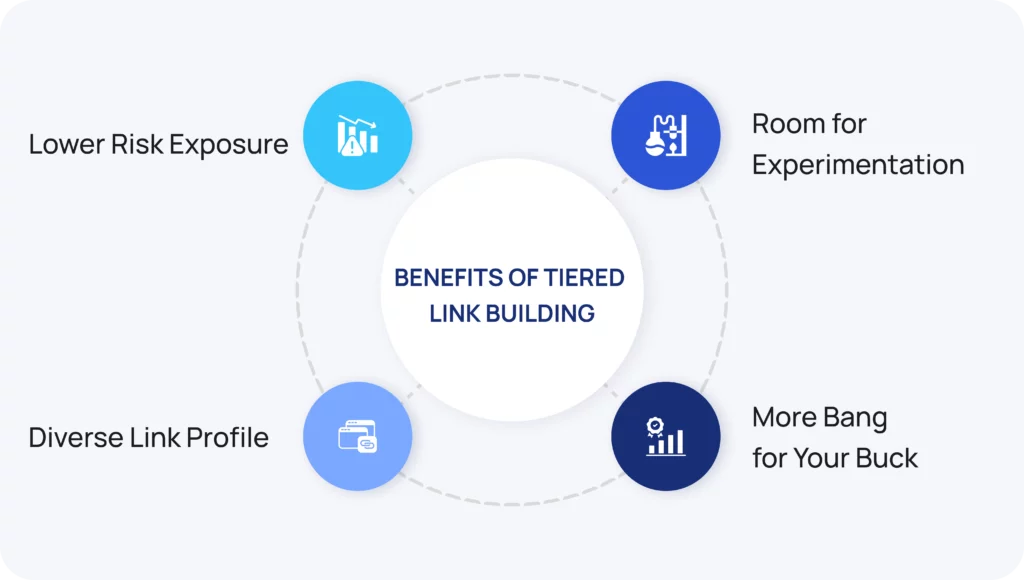
More bang for your buck
Tiered link-building lets you get more link juice for your main site without breaking the bank.
It’s cheaper to create lower-tier links than top-tier ones, allowing you to maximize your resources.
Lower risk exposure
One big plus of tiered link-building is that it shields your main site from the potential downsides of lower-quality links.
These links don’t point directly to your main site or your Tier 1 links.
Even if Google notices something fishy, it’s less likely to trace back to you.
The best part?
If a particular link set starts causing trouble, you can easily cut it off without damaging the whole network.
Room for experimentation
With the protective layers of Tier 2 and Tier 3 links, you can try out different link types and tactics without major risks.
This buffer allows you to experiment and see what works best for your SEO without worrying too much about immediate negative impacts.
Diverse link-profile
A solid link profile isn’t uniform. It’s made up of various types of links from different sources, with a mix of dofollow and nofollow tags.
All in all, tiered link-building helps create this natural diversity, giving your link profile a more organic feel.
Downsides of Tiered Link Building
Tiered link building has benefits, but it’s not without risks.
Here are some drawbacks to consider.
Penalties
Even with its layers, tiered link building can backfire.
It’s basically a way to game the system, and Google isn’t a fan.
📌 Any links intended to manipulate PageRank or a site’s ranking in Google search results may be considered part of a link scheme and a violation of Google’s Search Essentials. This includes any behavior that manipulates links to your site or outgoing links from your site.
Modern algorithms are good at spotting unnatural patterns.
For example, if you rely heavily on guest posts for backlinks on similar sites or build links too quickly, it creates an obvious footprint.
Steven J. Wilson, SEO Specialist and Consultant, advises:
One common issue is that you build links too quickly. There should be a natural progression. If your site has been around and all of a sudden it generates dozens of links to a page and sites that link to that page, Google can recognize that pattern and devalue all those links, which will not benefit you at all.
How can you avoid it?
Develop a natural cadence. Don’t send links to your page and tiers in one go. Make sure your page, and the pages where you plan to put your tiered links are getting impressions and a couple of clicks. A page that’s not indexed would not likely get natural links so keep that in mind. Play a longer game when building tiered links.
Opportunity cost
Building links, whether high or low quality, requires time and money. Setting up and maintaining a complex link structure can be expensive. You might need advanced monitoring tools to keep track of everything.
Since most links in your pyramid don’t point directly to your site, you might wonder if the investment is worth it. You could potentially spend these resources on securing more direct editorial links or link insertions that already carry link juice.
Short-term effect
That’s why it’s generally agreed that tier link-building can only generate short-term results.
In some situations, this might be exactly what you need.
For example, it can help you get the initial momentum when entering a new market.
However, if you’re after a sustainable process that will benefit your site in the long run, this is not the way to go.
That’s because the search engine algorithms will catch up sooner or later and it’s hard to maintain such a complex structure forever.
Hard to track the impact
Assuming that link-building is not the only thing you’re doing to improve the SERP performance of your content, it’s hard to attribute the positive changes to acquired backlinks.
And that’s just one tier.
What if you have 2, 3, or more tiers?
It’s especially the case that it takes quite a bit of time for any results to show.
While it takes 2-6 weeks for the effects of regular link-building campaigns to start showing, it’s going to be considerably more if the link juice has to make its way up the tiers.
Frequently Asked Questions About Tiered Link Building
Here are some FAQs about tiered link building.
How does tiered link building work?
Here’s the breakdown:
- Tier 1 links go directly to your website.
- Tier 2 links point to your Tier 1 links to make them stronger.
- Tier 3 links then back up those Tier 2 links.
This creates a chain of link equity that funnels to your site.
Is tiered link building a white, grey or black hat strategy?
Tiered link building is mostly gray hat. If it uses low quality or spammy links it breaks search engine rules and risks penalties. Done carefully with quality links it falls into a gray area but it’s hard to execute properly.
What types of links are used in the second and third tiers?
Second-tier links are usually mid-level ones like from Web 2.0 platforms or niche blogs, aimed at supporting your Tier 1 links. Third-tier links tend to be lower-quality, coming from places like forum posts, blog comments, or even social media profiles.
Is tiered link building safe for SEO?
Not really. It’s risky, and search engines don’t like manipulative linking schemes. If they catch on, your rankings could tank—or worse, your site could get deindexed. Focus on quality over shortcuts for long-term success.
Are there alternatives to tiered link building?
Absolutely! You can:
- Create content that naturally attracts links.
- Guest blog on reputable sites.
- Use HARO to connect with journalists for backlinks.
- Build partnerships and relationships in your industry for organic links.
These white hat strategies are safer, more sustainable, and keep you in good standing with search engines.
Final Words
Tiered link building used to be a quick way to boost rankings, but search engines have gotten smarter.
Now, success depends on building quality Tier 1 links with strong metrics.
Given the effort involved, it’s often more effective to focus on building real relationships and earning natural editorial links.
That said, if organic opportunities arise, taking advantage of Tier 2 link building can still add value.
Do you need help building a healthy and natural backlink profile for your site?
Contact the Editorial.Link team!


